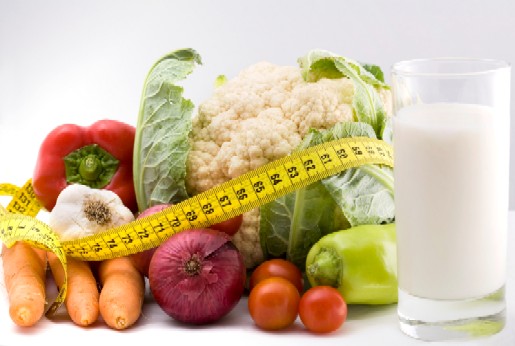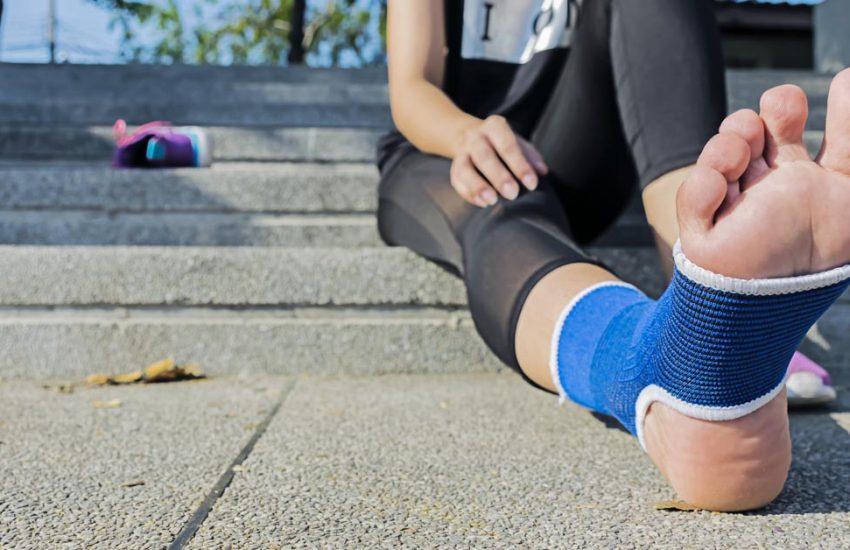How to Clean With Green: Eco-Friendly Cleaning Tips
 When an advertisement for a new cleaning product announces something like, “Now with boosted cleaning power,” I have to wonder, what did they put in that product to add such amazing power? Likely, it wasn’t something good for the environment. Take the common drain cleaner, for example. Many drain cleaners are caustics, which not only affect the pH balance of water running in an eco-system, but can also corrode iron piping if released into the sewers. If you’ve been looking for a more eco-friendly cleaning tips as a way to clean your home, consider the following home remedies.
When an advertisement for a new cleaning product announces something like, “Now with boosted cleaning power,” I have to wonder, what did they put in that product to add such amazing power? Likely, it wasn’t something good for the environment. Take the common drain cleaner, for example. Many drain cleaners are caustics, which not only affect the pH balance of water running in an eco-system, but can also corrode iron piping if released into the sewers. If you’ve been looking for a more eco-friendly cleaning tips as a way to clean your home, consider the following home remedies.
Glass
You may notice that several household glass cleaners feature vinegar as their primary active ingredient. Its acidic nature allows it to break down deposits found on hard surfaces without affecting the surface itself. When cleaning windows with vinegar, combine ¼ cup distilled vinegar for every gallon of water. Load your mixture into a spray bottle and buff clean with a microfiber cleaning cloth.
Kitchen
During the Manhattan Project (1942-1946), scientists were testing the toxic properties of uranium. During the testing, they found that uranium deposits stuck very well to cotton cloth, and that simply washing the cloth with soap and water was ineffectual. But when they applied baking soda the cloth was uranium free (is it any wonder that baking soda is found in laundry detergent and toothpaste?).
Along with distilled vinegar, baking soda is another go-to tool in your green cleaning arsenal. Creating a paste of baking soda and water provides a good scrubbing agent for residue left on your counter-tops or stove-top. If your dishes have tough stains leftover from food, let them soak in a mixture of boiling water and baking soda.
When it comes to flooring, a combination of ¼ cup vinegar to every gallon of water will usually do the trick. If you’d rather not have your kitchen smelling of vinegar, add a freshly-squeezed lemon to your mop bucket.
Drains
Do you remember those old science fair volcanoes where the “lava” was actually nothing more than baking soda, vinegar, and food dye? Well, minus the food dye, a combination of baking soda and vinegar provides an eco-friendly cleaning tip alternative to those petroleum-based drain cleaners on the market today. It can also prevent a costly drain inspection in the future.
For drains that have a rotten, mildew smell, first apply ¼ cup of baking soda, followed by 1 cup of vinegar. Let it sit for a few minutes before flushing it out with hot water.
If you’re experiencing a clog, and plunging doesn’t work, start with a pot of boiling water, followed by ½ cup of baking soda. Next, add 1 cup each of vinegar and hot water to loosen up any grime that may be causing the clog. A final pot of boiling water should finish the job.
Fixtures
Rust, tarnish, and hard water deposits can usually be removed with baking soda paste, but if you find a particularly persistent blemish, adding some salt to your paste can help speed up the breakdown process. Not only will this combination get rid of stains on your plumbing fixtures, but it will also keep them looking polished and new.
Don’t be fooled into thinking that the latest and greatest in cleaning technology has no consequences for the environment. Most commercial cleaning products release irritants into the atmosphere, pollute natural water systems with chemicals, and contribute to the ever-brimming landfills. Employing these eco-friendly cleaning tips will not only help to save the environment, but the low cost of baking soda and vinegar will also save you a few dollars.
Drew Kobb, in addition to studying civil law, loves long distance running and considers himself a health and fitness enthusiast. His interests range all over the medical field, and Drew highlights that range on his blog, Dr. Ouch. He also has a passion for the environment.
- Where Your Energy Really Goes and How to Get It Back - August 12, 2025
- How To Recover From A Serious Injury - August 12, 2025
- 4 Considerations for a Meaningful Funeral for Your Loved One - August 4, 2025


